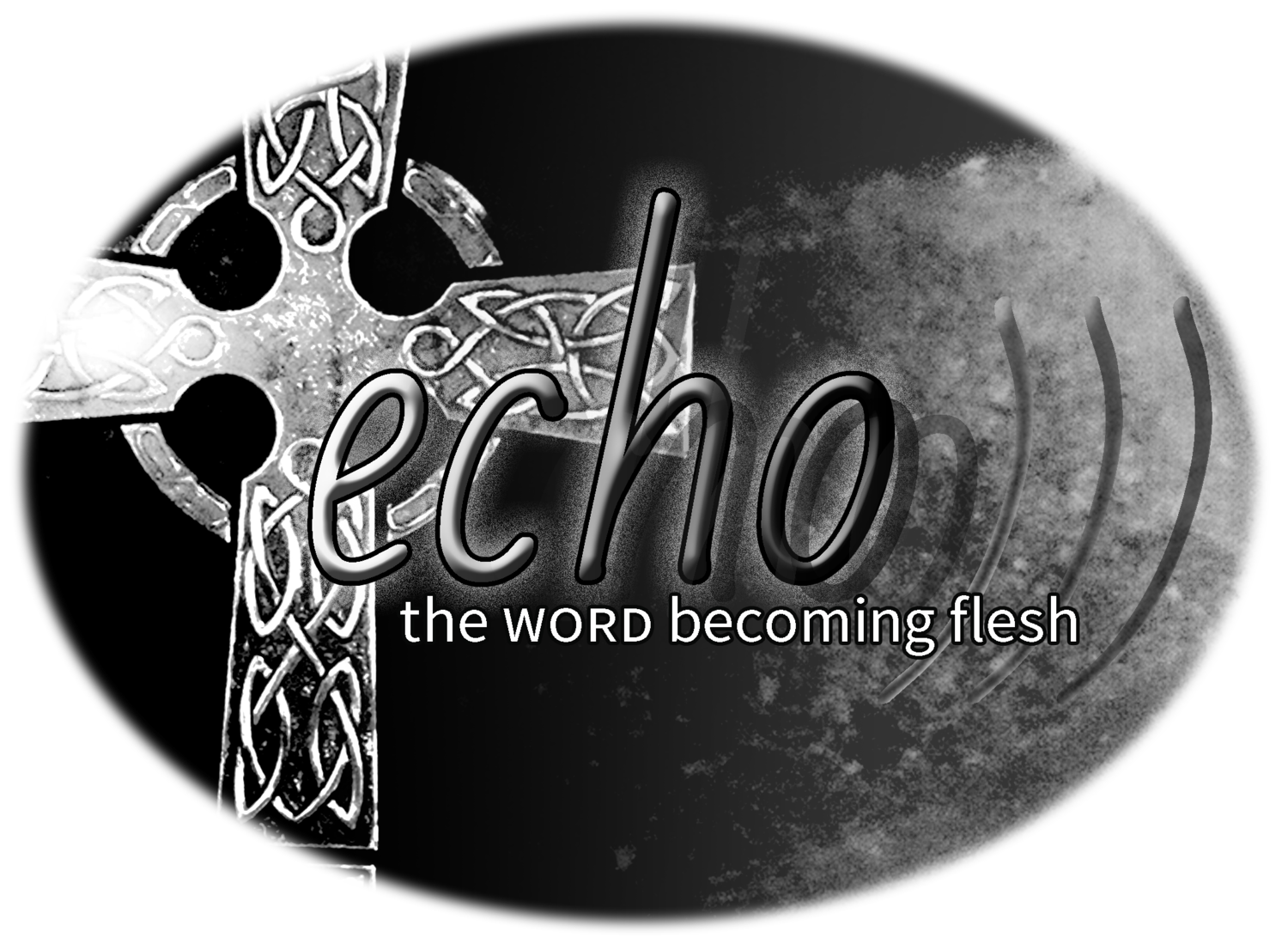I arise today...
Through the depth of the sea...
The Lorica of Saint Patrick (St. Patrick's Breastplate Prayer)
Deep calls to deep in the roar of your waterfalls; all your waves and breakers have swept over me
Psalm 42:7
The Message paraphrase of this Psalm translates “deep” to “chaos.”
Chaos calls to chaos, to the tune of whitewater rapids…
Throughout the book of Revelation, we note that the sea represents the realm of darkness, evil, and chaos. This is true in much ancient literature, simply because the sea is the place of unknown and often frightening mysteries. Whether by “sea monsters” or simply “falling off the edge of the earth,” many ancient sailors never returned from this untamed place.
Patrick understood this fearful image of the sea all too well. As a teenager, Irish raiders from across the sea captured him and forced him into slavery. Whether Patrick personally wrote this prayer or not, those who did certainly knew his story.
Yet in this poetic cry to God, we don’t find the sea portrayed as a dark place. Rather we are called to “arise through the depth of sea.”
We exert so much energy in life trying to avoid the “deep”, steering clear of chaos as much as absolutely possible. Often we find ourselves swerving past one chaotic situation only to find ourselves in an even darker and more difficult place. We cannot control the chaos. We cannot avoid the “deep.” It simply exists.
Arising through the depths helps us acknowledge this reality and respond with hope instead of despair, with courage instead of fear, and with peace instead of stress. As the Psalmist writes, “If I make my bed in the depths, you are there” (Psalm 139:8). Even when we find ourselves wallowing in the depths of our pain or sorrow, God may still be found here in the chaos. There is no place so deep that God does not walk with us.
There is little use in elaborating on “the depths” of the seas we experience. We know these dark and chaotic places all to well. Today we are invited to embrace those depths and to find God in the midst of the chaos.
Let us simply meditate on Psalm 42, a cry to God from the deepest and darkest places within.
1 Just like a deer that craves streams of water,
my whole being craves you, God.
2 My whole being thirsts for God, for the living God.
When will I come and see God’s face?
3 My tears have been my food both day and night,
as people constantly questioned me,
“Where’s your God now?”
4 But I remember these things as I bare my soul:
how I made my way to the mighty one’s abode,
to God’s own house,
with joyous shouts and thanksgiving songs—
a huge crowd celebrating the festival!
5 Why, I ask myself, are you so depressed?
Why are you so upset inside?
Hope in God!
Because I will again give him thanks,
my saving presence and my God.
6 My whole being is depressed.
That’s why I remember you
from the land of Jordan and Hermon,
from Mount Mizar.
7 Deep called to deep at the noise of your waterfalls;
all your massive waves surged over me.
8 By day the Lord commands his faithful love;
by night his song is with me—
a prayer to the God of my life.
9 I will say to God, my solid rock,
“Why have you forgotten me?
Why do I have to walk around,
sad, oppressed by enemies?”
10 With my bones crushed, my foes make fun of me,
constantly questioning me: “Where’s your God now?”
11 Why, I ask myself, are you so depressed?
Why are you so upset inside?
Hope in God!
Because I will again give him thanks,
my saving presence and my God.
Reflections:
1. Allow God to examine your heart and reveal the deepest places of chaos. If a circumstance comes to mind, ask God to help you go deeper. Where is the underlying chaos, not on the surface of the situation, but in the depths of your heart and soul?
2. In what ways do you find yourself trying to avoid the depths? Reflect on a time when you embraced the depth and where you saw God present in that place.
3. Meditate on Psalm 42. Also consider Psalm 139. What is the Holy Spirit speaking to your soul?
Our journey through St. Patrick's Breastplate Prayer continues next week:
... I arise today,
Through the stability of the earth…






